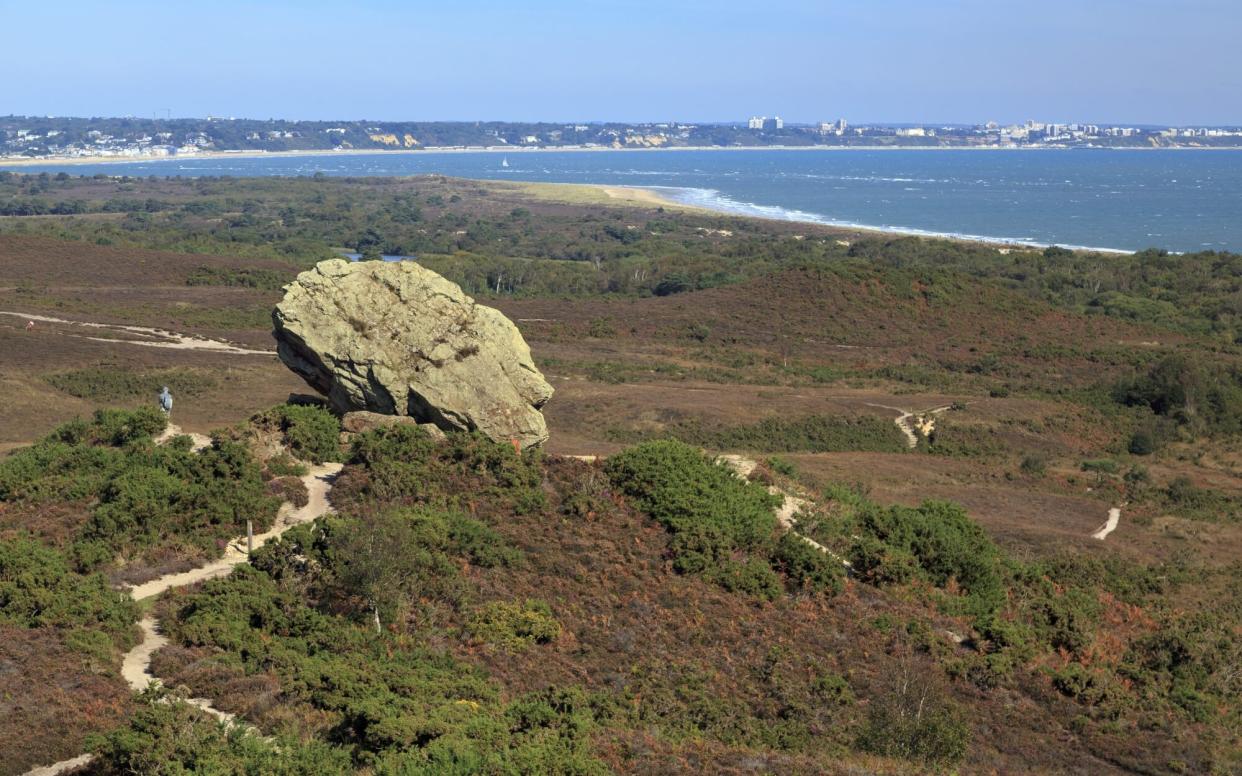The UK Is Hoping to Protect Some of Its Rarest Species in a New 'Super National Nature Reserve'

John Miller/National Trust Images Godlingston Heath
The United Kingdom has opened its first “super national nature reserve” in the southwest of England.
Purbeck Heaths in Dorset is the combination of three existing national natures reserves, conservation areas and a golf course. It is the largest lowland heathland national reserve in the country, measuring more than 8,000 acres.
“For generations to come, Purbeck Heaths will be at the heart of a healthy, resilient landscape brimming with wildlife,” Mark Harold, National Trust Director of Land & Nature, said in a statement. “As well as creating a special place for wildlife to recover and move around freely, we hope to inspire people to engage with nature and explore the great outdoors. All the rare and beautiful wildlife living in and beyond the reserve will benefit hugely from a landscape where habitats are bigger, in better condition and better connected – and where natural processes are restored.”
The new landscape connects the former national nature reserves of Stoborough Heath, Hartland Moor, and Studland and Godlingston Heath. By combining existing reserves, Purbeck Heaths has become one of the most biodiverse places in the UK.
Thousands of wildlife species — including 450 listed as rare, threatened or protected — roam across the fields and moors, now without interruption from barriers between lands.
The aim of the project is to widen the amount of space these rare species inhabit. Bats, reptiles and birds will be given full access to the reserve’s more than 8,000 acres. The heaths are also home to at least two fungi, found nowhere else in England. With more uninterrupted space to spread out, the national reserve system hopes that these rare native species will grow and strengthen.
But it’s also good news for the human visitors, too. More than 2.5 million people visit Purbeck every year, about a three-hour drive to the coast southwest of London. Visitors will be able to amble about the grounds and see some of the UK’s rarest animals all in one spot, including the country’s only colony of small pearl-bordered fritillary butterflies.

